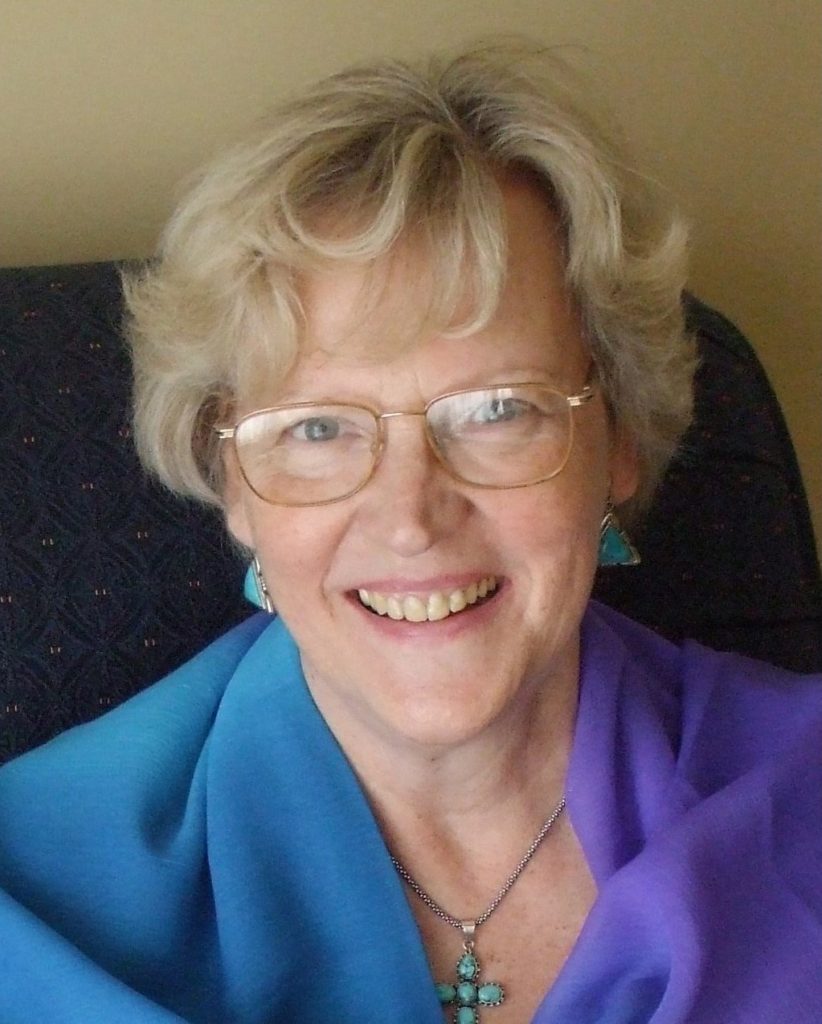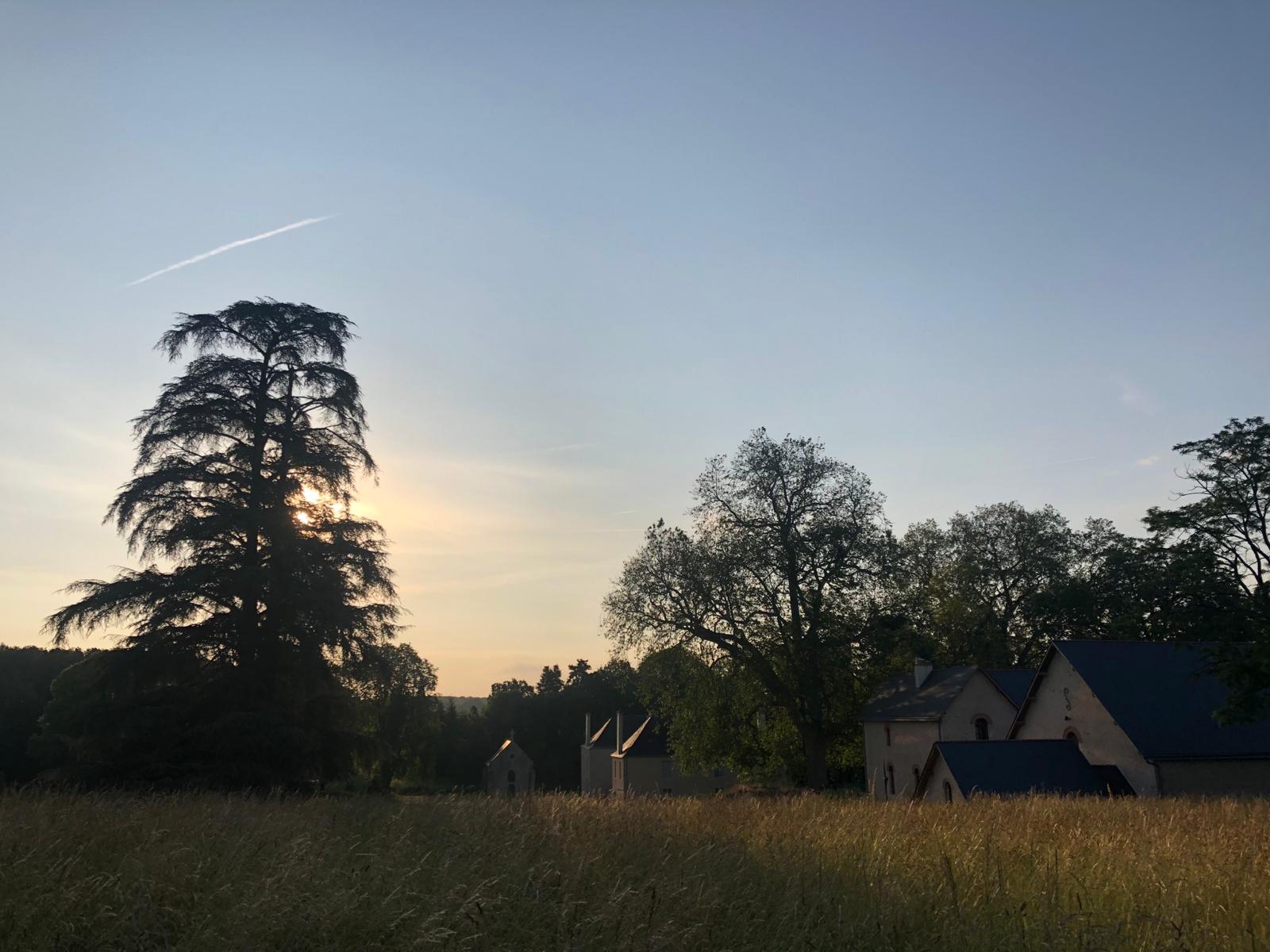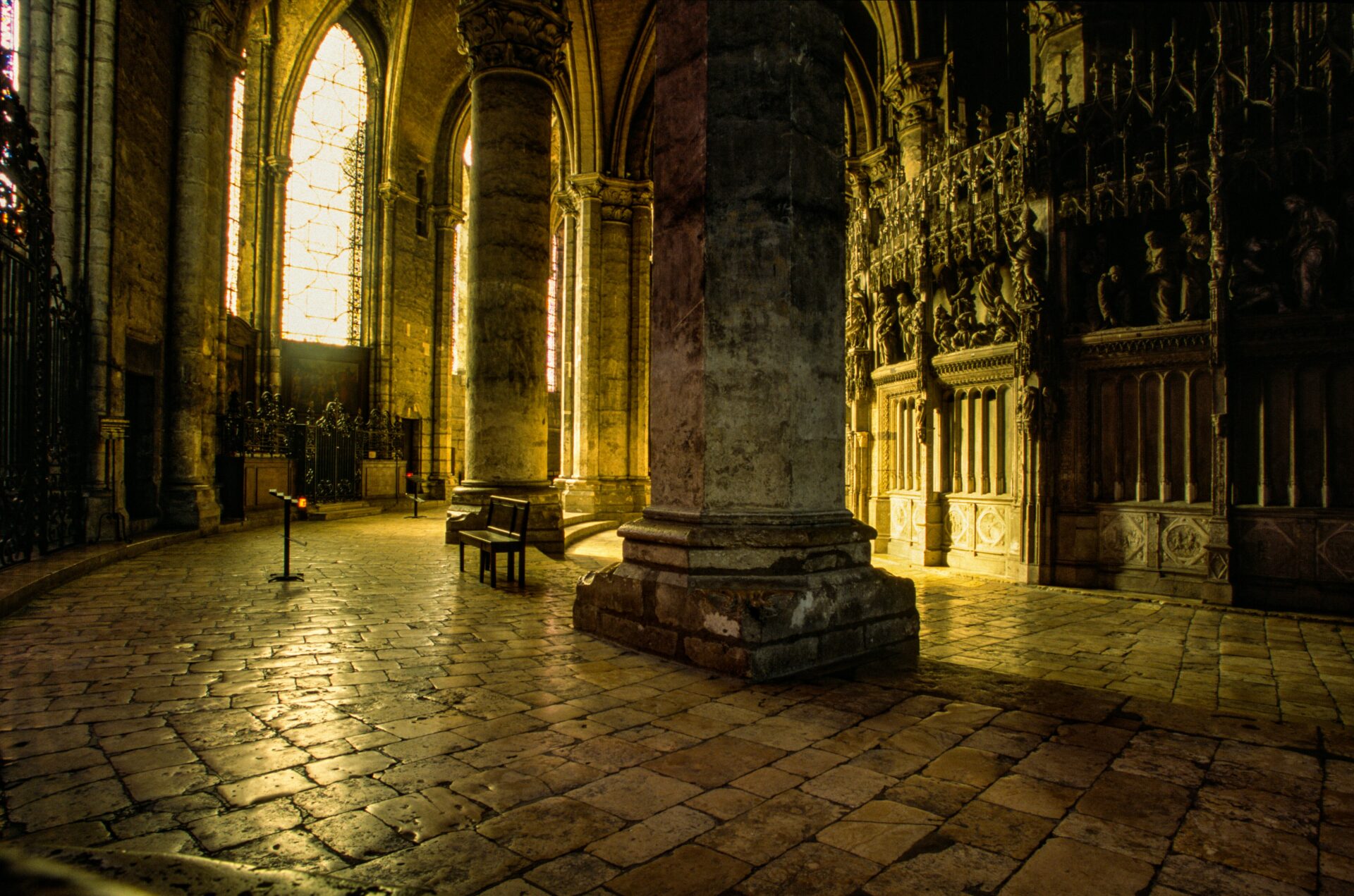We live in an exciting age, when the teachings of the great world religions and wisdom traditions are available to all in books, through teachers or the Internet. This allows an opening of our consciousness to a wider human spirituality. All main religions have many correspondences; in fact there is a common core at the heart of their individual traditions. Gottfried Leibnitz, the 17th century German philosopher and later Aldous Huxley in the 20th century referred to this as the ‘Perennial Philosophy’. Because of this many elements in the literature or in the words of teachers in other traditions will resonate with us. This can have two effects: it can deepen and enrich the understanding of our own tradition, but it also carries the danger with it of us becoming spiritual butterflies, taking nectar from many different sources and not really being able to digest the many rich ideas to nurture our spiritual being.
His Holiness the Dalai Lama stressed at one of his big gatherings in Bodh Gaya, which Laurence Freeman and some of us attended as part of a whole programme of the ‘Way of Peace’ interfaith dialogue of our Community with His Holiness, that it was important to return to one’s own roots, as all religious traditions shared the same core truth. To illustrate this, he invited Laurence Freeman to share the platform with him as an example that this truth was also in Christianity. He has since then often brought up this same point at many of his international talks. Although we may reject the belief structure of the religion of our parents, we are still shaped by and rooted in the culture and ideas that have grown out of it. Moreover, we can still find the common spiritual truth in our own religion through engaging in deep contemplative prayer. Laurence Freeman explains this way of prayer in ‘Jesus, the Teacher Within’, as “a way of silence and self-transcendence, a way of relationship and solitude, a way to read without words, to know without thought.” The transcendence of the ego is not dependent on a belief structure but on faith. This loving trusting faith allows us to leave our ego-consciousness behind and connect in our case to the consciousness of Christ, as “Meditation, in the light of the Christian faith, is a deepening encounter with the mind of Christ.” The first statement about prayer will apply to all the different ways of meditation but the trusting relationship/faith element will be different for each. We connect with our true self in Christ and a Buddhist will connect with his Buddha nature.
John Main, as quoted by Laurence Freeman in ‘First Sight’ – his exploration of the experience of faith –, says that meditation is a ‘way of faith’, as “We have to leave ourselves behind before the other appears and without the pre-packaged guarantee that the other will appear.” (Word into Silence’) It is our faith that Christ is there to guide us that allows us to take the risk to enter the silence of our wider consciousness. Without a relationship with Christ or an enlightened being like the Buddha, we may well enter the silence but may be cast adrift in our own unconscious with all the danger that implies.
Image by Markéta Klimešová from Pixabay







